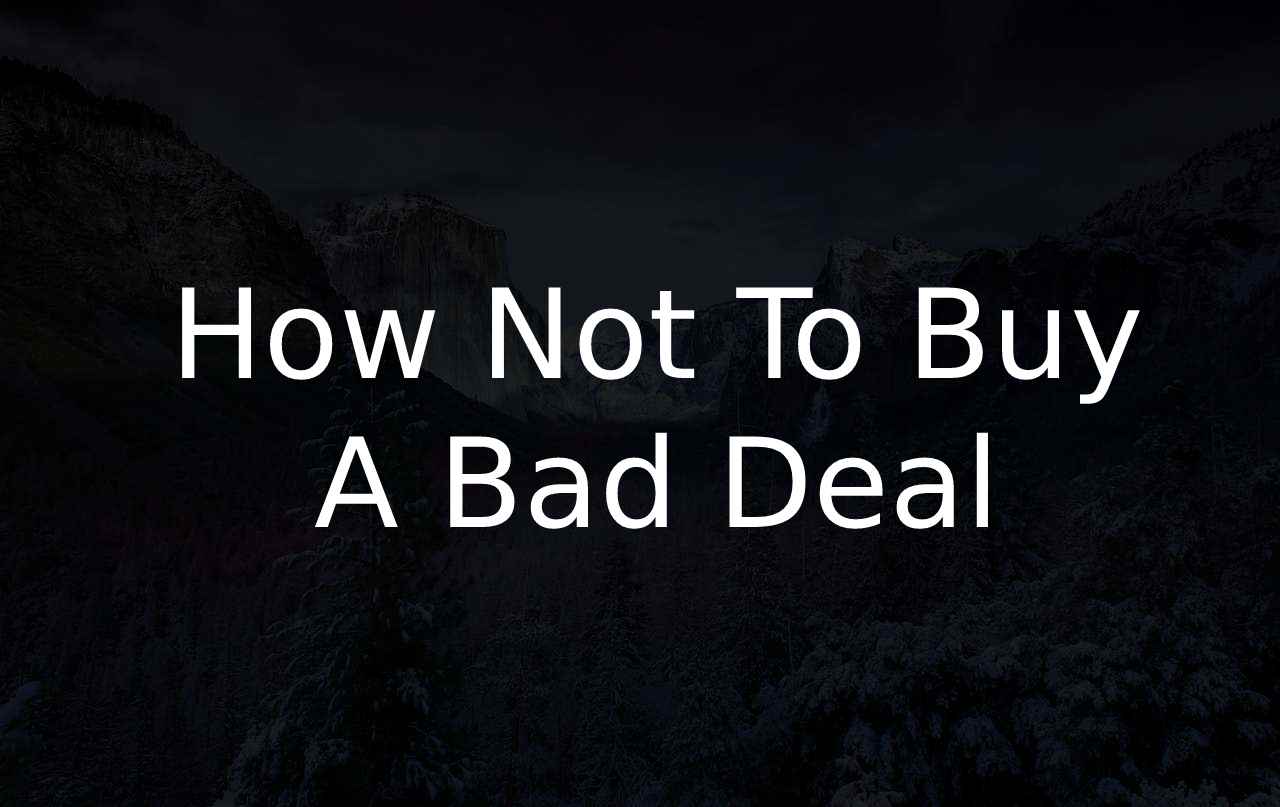How Not To Buy A Bad Deal & Our 2nd Sale!

At the tail end of last week, we finalized our sale of Sentiment Investor (SI). It's in much better hands now with a team that can execute on the vision. SI was a tough one for us. We had a bad transition when we bought it, lost 100% of the customer base in that process and then rewrote it, and effectively shelved it. It was a delight working with the group that bought it from us and I have full confidence they're going to make much better use of it than we did.
Post Mortem
AKA how not to do this again...
FKA experience
Red Flags In Diligence
The diligence process held keys to the pain we would soon experience. If someone isn't an absolute delight to deal with during the diligence process, RUN DON'T WALK! This is their best behavior. They want the sale to go through. If it ain't good now, it's not going to get any better. This wasn't all our fault for not catching these. The big error was after they transferred the assets. They confessed they paused all customers, didn't hand over the relationships, and we never recovered them. Awful.
Hold Money Back - Do not wire it all upfront
This was naive. I wired all the cash up front. I personally hate (active hatred) Escrow.com and decided to just do the deal directly. I rationalized it because it was such a small deal but the worst case scenario played out. As soon as we wired, they stopped responding (for nearly a week). Never again will I wire all the cash up front, even for tiny deals! A simple structure like half up front, and half after asset transfer feels fair and aligns incentives to ensure good behavior during the transition.
Customer Diligence
I think we could do a better job of doing more customer diligence particularly when there are less than 25 customers. Talk to at least 3. You have to pick them, not the sellers. If they can't be bothered to speak with you then the product just might not be that important. I think this is less necessary when there are hundreds of smaller customers, but still you should always talk to the 3 biggest (or bigger) customers. We didn't do this on this deal and it bit us. Make sure the customers are not only real, but it's a great opportunity for you to start your relationship with them. This is always tricky in diligence. Companies may not want to broadcast to customers (or employees) that they're selling the business. We often come into these conversations simply saying we're investors and are considering investing in the business. This is usually positively received by the customer and they're typically happy to chat. If there's hesitancy on the seller side, use your judgement. It could be that they're first time sellers and this is just a little funky for them, or it could be that the customer is likely to churn and the seller would rather you didn't learn that in diligence.
Product
Sometimes a product is really well architected and you can buy it and basically not do anything with it and it's going to be a cash cow for the next 3 years at least (sheet.best for us :). We're 1/6 on this. Most of the time this won't happen. Most of the time you're buying something like a little castle built with glue and popsicle sticks. For this one, we planned on rebuilding it. I wanted the data. But it would have been more prudent to be able to recoup some revenue off the existing architecture while building the new version in parallel.
Product-Market Fit
Most of the products we've bought did not (do not) have product market fit. You can have a profitable micro saas that does not have PMF. 2/6 companies we've bought had PMF. Maybe 3. I have mixed feelings about this one. If you only filter for products that have PMF you're likely going to pay a lot, or never buy anything. They're rare. Of course PMF is a spectrum, but roughly the product has 100+ customers growing at > 5% MoM with < 5% churn, a high NPS, organic conversion from free to paid, etc. If you're putting your Sherlock Holmes hat on while in diligence to figure out of the prospective company has PMF, it doesn't. PMF is not subtle. Getting there is, but once you're on the board, it's an obvious thing. Just for fun, here are 3 I think have PMF in the XO portfolio:
- sheet.best
- screenshotapi.net
- inlytics
An Ending
Sometimes, all you can do is hope for some kind of ending. I'm so glad we found SI a new and great home. It was a bad buy with a lot of hard lessons learned. Frankly, I don't know how I'd learn some of this stuff without going through it myself. Supposedly people can learn from the mistakes of others by reading about them. I think that's a tall order for real world stuff.
Onward and upward!





